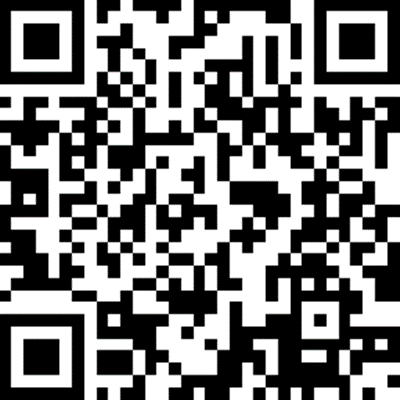TL-WR1502X Setup Guide
Welcome! Let’s get your portable router up and running together!
This guide is here to help everyone set up a portable router quickly and successfully. It covers what’s in the box, how it looks, and how to get started. Additionally, our Tehter app provides helpful accessibility features, including increasing contrast, switching screen orientation, making fonts bigger, and more. Discover these accessibility resources designed to make your setup even easier! For more accessibility guidance, please refer to Accessibility Support.
Ready to begin? Let’s start exploring your portable router and get connected!
1. Package Content
The package includes a portable router, power adapter, RJ45 Ethernet cable, USB cable, Wi-Fi Info card, and user guides.
• Power Adapter
The power adapter is usually a rectangular or square block with a USB Type-C connector on one end that plugs into your portable router to power it up.
• Ethernet Cable
The Ethernet cable is a thick, smooth cord with a slightly stiff feel. It has a rectangular plastic connector at each end, with a small lever-like clip on top. To use it, align the connector with the Ethernet port on your router and push it in until you hear or feel a click. The clip helps secure the connection; you can press it down to remove the cable when needed.
• USB Cable
The USB cable is used to connect devices like phones, computers, or chargers to transfer data or provide electrical power with a rigid rectangular end (USB-A) and a small reversible oval end (USB-C).
• Wi-Fi Info Card
The Wi-Fi information card is printed with the default network names (SSID) and password of your router, and comes with a QR code that you can scan to easily join the default wireless network. After setup, you can write down the new Wi-Fi name, password, and login password in case you forget them.
2. Appearance
Each portable router has an LED that changes color according to its status, a WAN port, a LAN port, a USB port, a power port, a WPS/Reset button, and a Mode switch.
Place your portable router on a flat surface with the foot pads facing down. The fully threaded (heat dissipation holes) side is the front.
• LED Light
The LED light is in the middle of its front. It changes colors according to its status. You can also check your network status from the Tether app.
| LED | Indication |
|---|---|
| Blinking Blue |
The router is starting up / being upgraded/establishing the WPS connection. The router is switching modes and will reboot. |
| Solid Blue | The router is connected to the internet or the main network, or the WPS connection is successfully established. |
| Solid Red | The router has started up but is disconnected from the internet. |
| Blinking Red | The router is being reset. Do not power off your router. |
The back panel is on the side opposite the LED light and is lined with various ports. From left to right are a power port, a USB port, a LAN port, and a WAN port.
• Power Port
The power port is a small oval slot located on the back of the router. It’s used to connect your portable router to the power socket using the provided power adapter.
• USB Port
The 3G/4G USB port is a rectangular slot located on the back of the router. Use this port to connect your 3G/4G USB modem, mobile device, or USB storage device to the router.
• LAN Port
The LAN port is located next to the USB port in a square shape. It connects the router to your PC or other wired devices.
• WAN Port
The WAN port is located on the far right side of the back of the router in a square shape. It connects the router to a modem or Ethernet outlet, or other internet services.
• WPS/Reset Button
The WPS and Reset button is a small round hole on the far left side of the router for changing the operation mode of the router. To reset it to factory default settings, press and hold the button for about 6 seconds. To start the WPS process, press the button for 1 second and immediately press the WPS button on your client.
• Mode Switch
The Mode Switch is an oval toggle switch on the left side of the router. You need to toggle the switch before switching modes. The left side is AP/RE mode, the middle is Hotspot mode, and the right side is Router mode.
Note: If you toggle this switch accidentally, set it back to the original mode within 3 seconds. The mode of the router won’t change.
• Product Label
The product label is at the bottom of your router. The default network name, password, MAC address of your router, and a QR code for scanning to connect to your router’s default Wi-Fi are provided on the label.
3. Set Up Your Router
1. Scan the QR code below to download the Tether app.

Alternatively, you can click the button below to download and install the Tether app for iOS or Android.
Note: Please remain online (Wi-Fi or mobile data) throughout the app download and login steps.
2. Power on your router and wait for about 2 minutes.
3. Scan the QR code on the product label on your portable router. You can also scan the Wi-Fi info card in the package.
4. Open the Tether app and follow the app instructions to complete the setup. After setup, you can manage your network on the Tether app anytime, anywhere.
Need Help?
For technical support, user guides, and other information, please visit https://www.tp-link.com/support.
*TP-Link hereby declares that the device is in compliance with the essential requirements and other relevant provisions of directive 2019/882/EU. The original EU Declaration of Conformity may be found at https://www.tp-link.com/en/support/ce/

